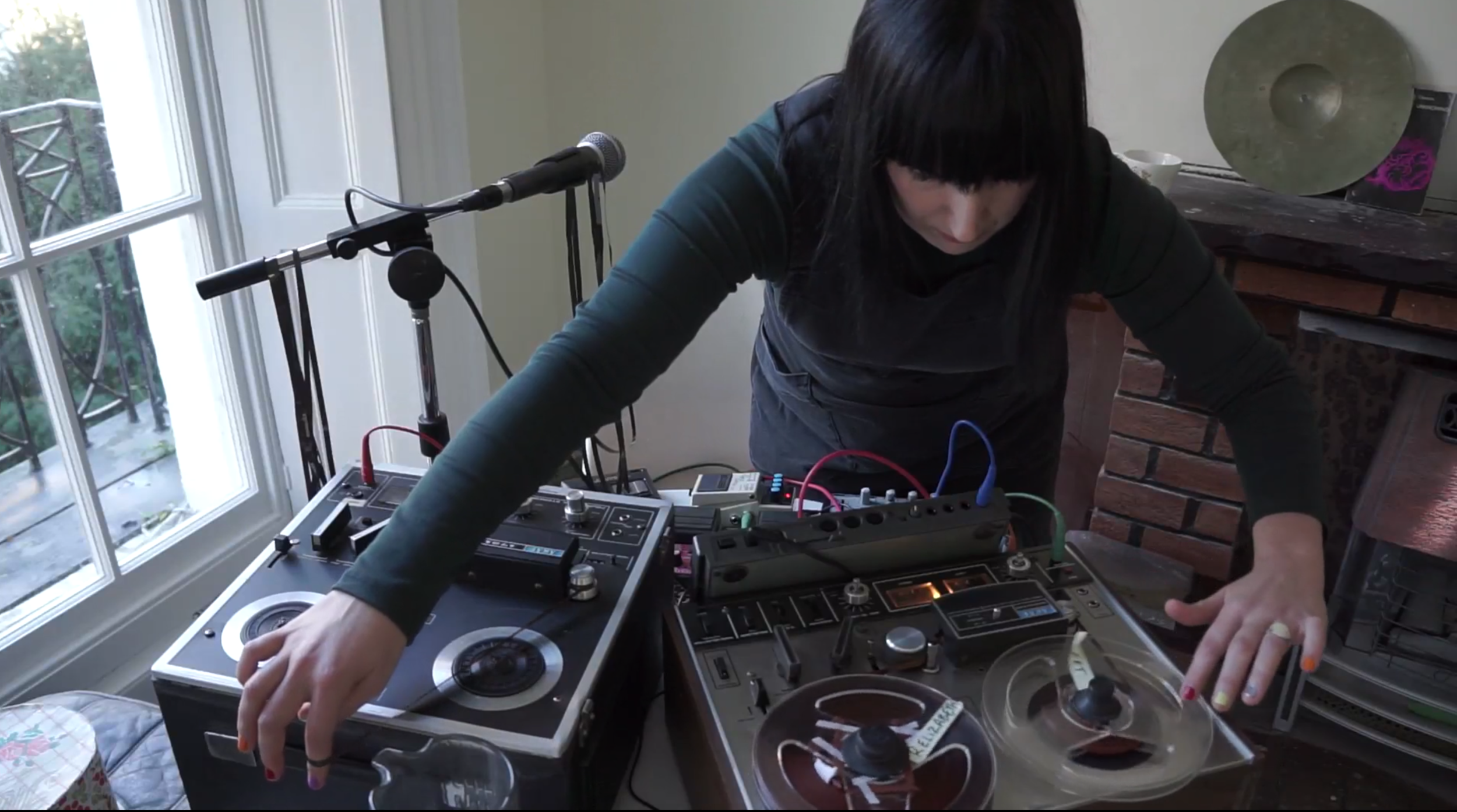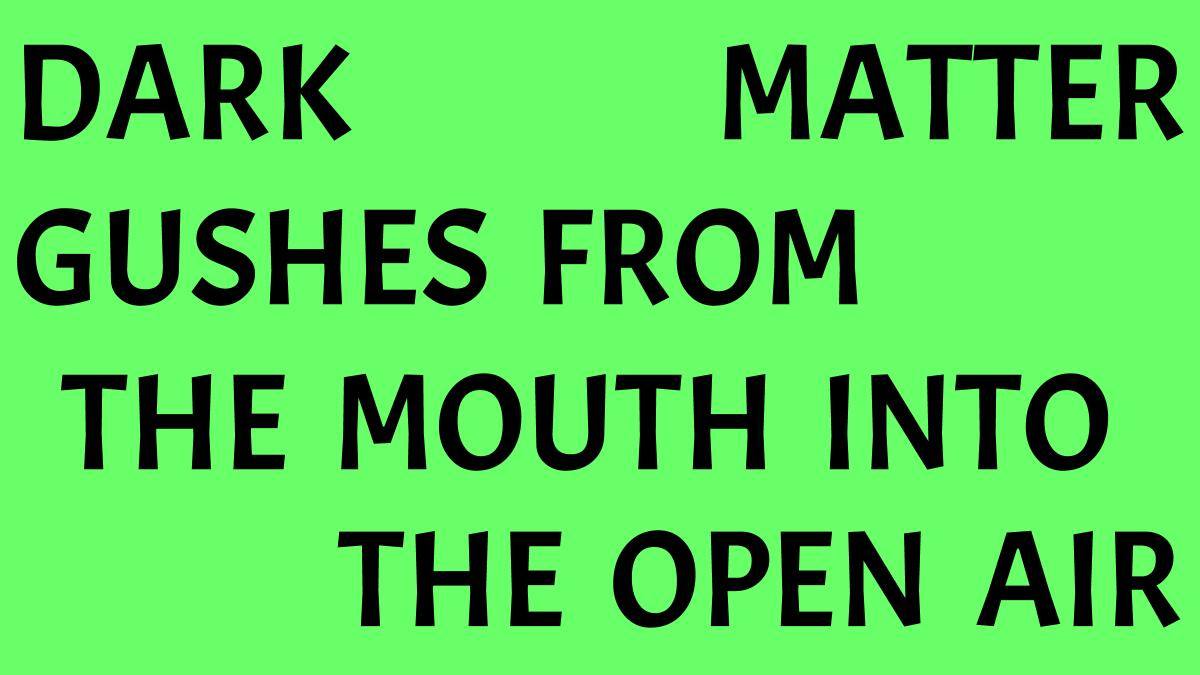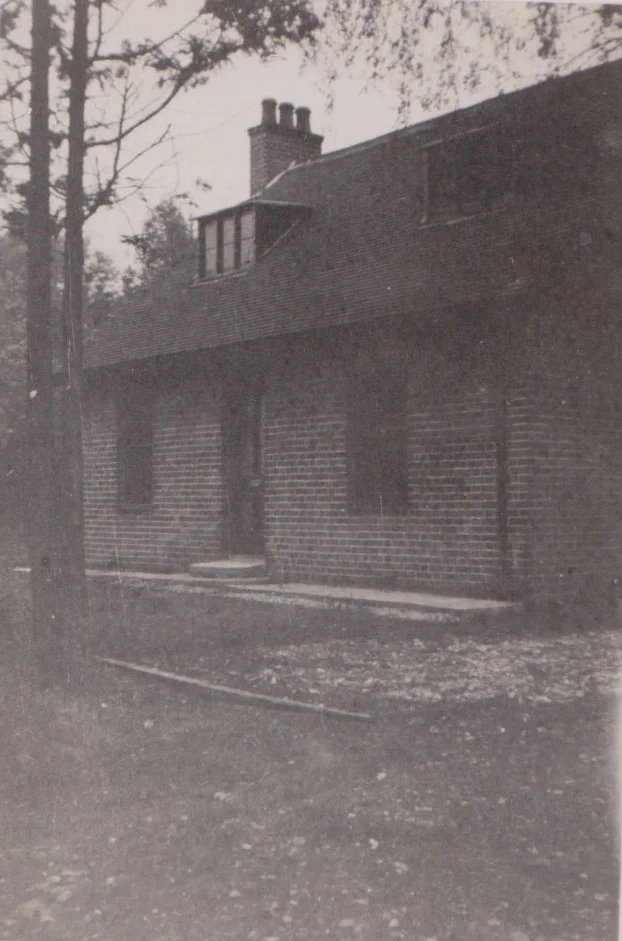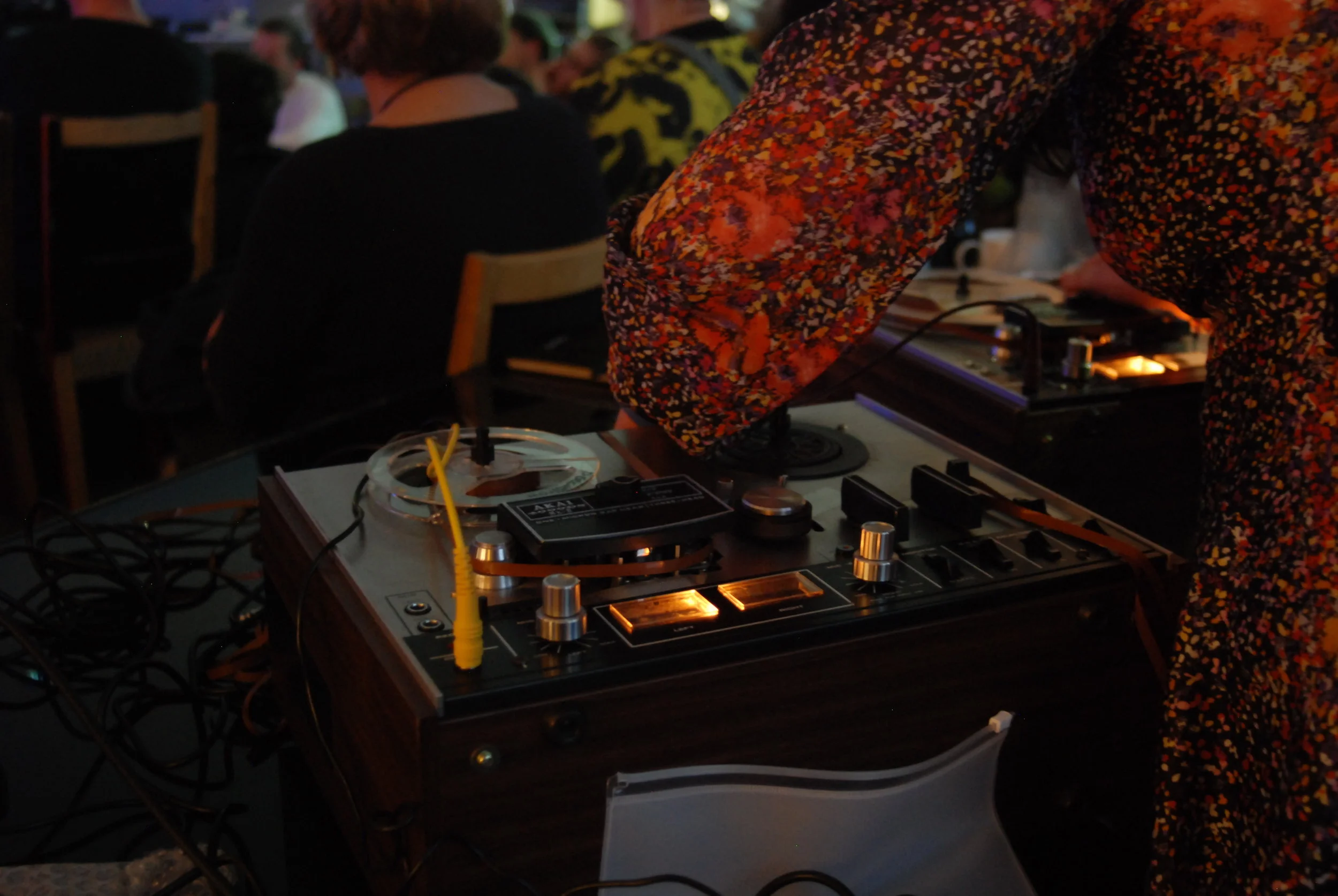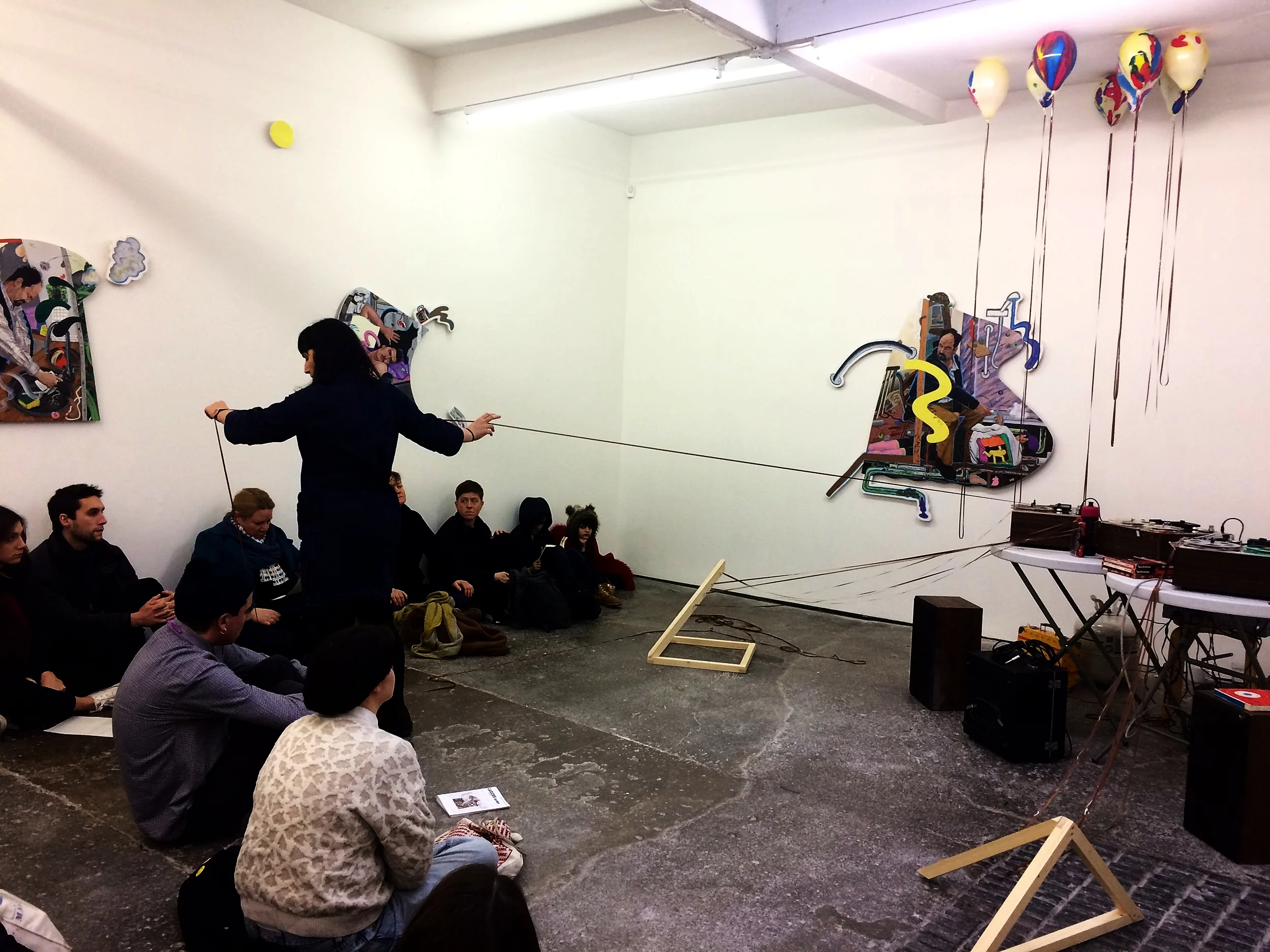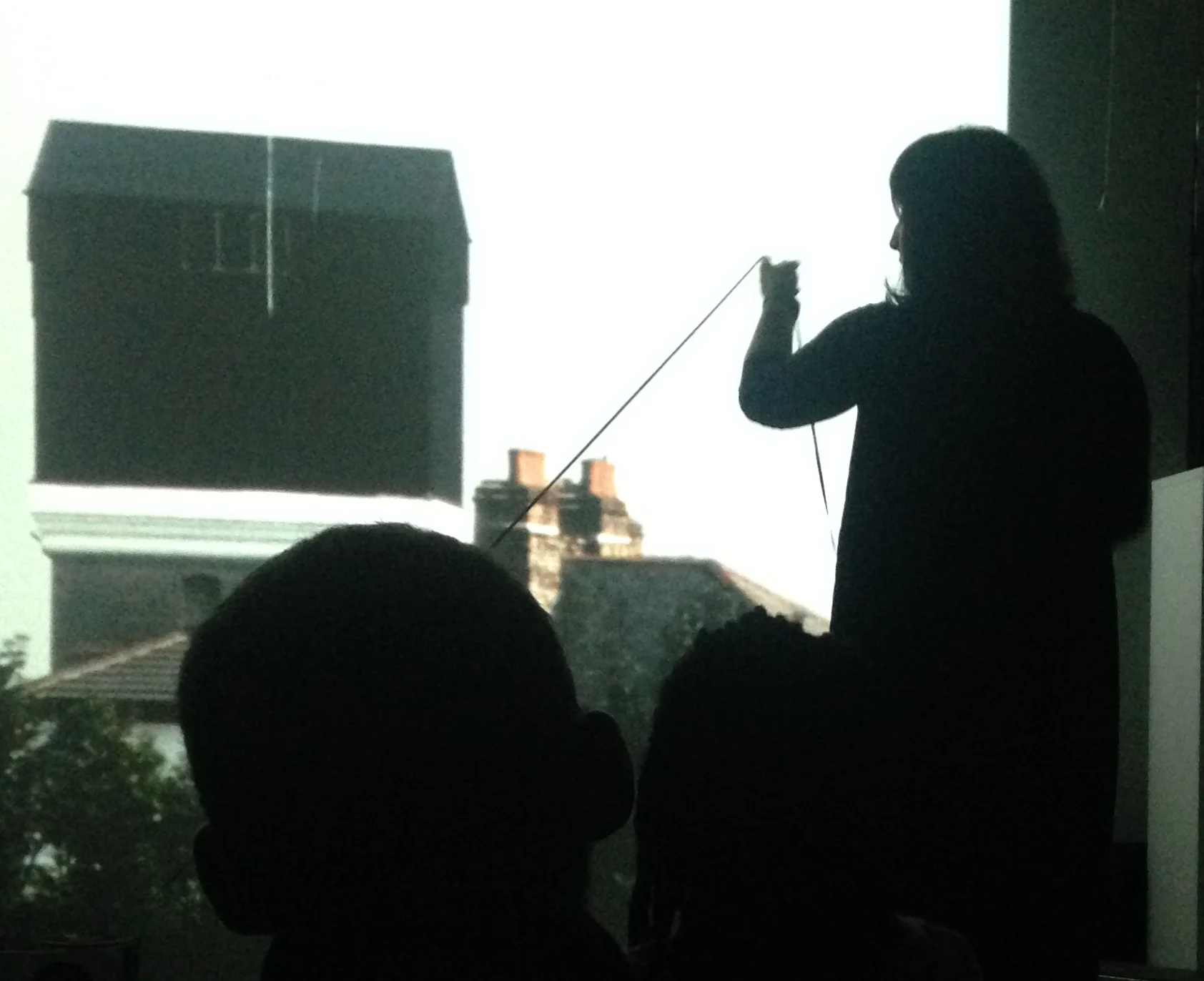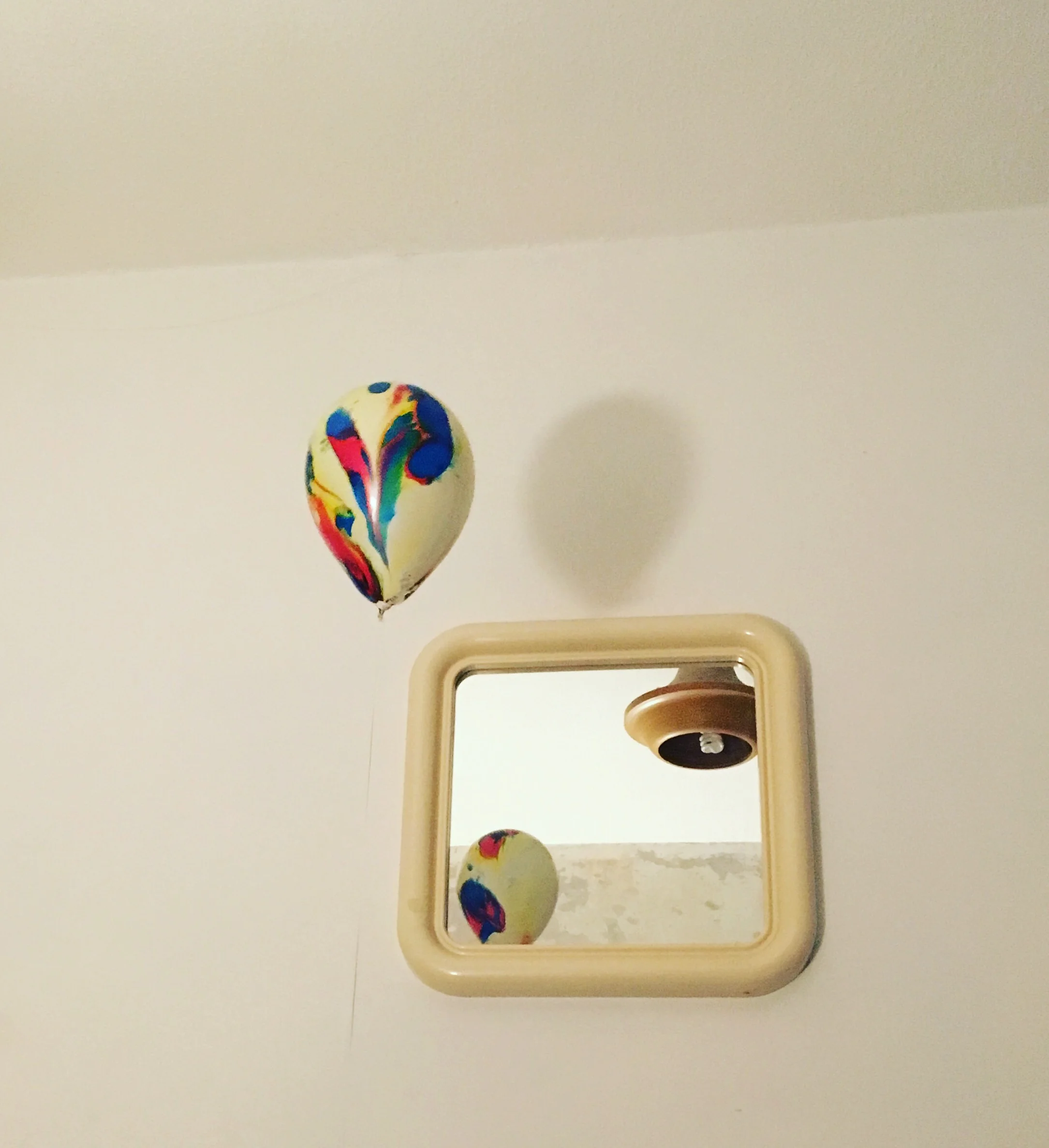Recorded using a single 80s Casio keyboard, reel-to-reel tape manipulation, piano and vocal, Finney’s practice with R. Elizabeth belies a studious attention to detail. Her academic work is often focused on analysing sounds – particularly voice and language – divorced from meaning and R. Elizabeth challenges the listener with overtly emotional tropes: sweeping portmento lap-steel guitar keyboard tones on Back From Ten suggest a nostalgic melancholy when it intersects with the narrator closing her eyes, realising she has nothing left to give. The lilting vocal cloaked in reverb is disarming, with an almost child-like surrender to the undertow of the song. On Tragedy And Trade there’s a rough grace to the mixing with visceral, manipulated tape sounding like the artists’ hands are literally in the speakers wrenching the melodies in mid-air. When it intersects with chants about the “gaps and the silences” it has an eerie, hauntological effect. R. Elizabeth is constantly playing with sound and song: a Wonderland of perceived emotion, the listener’s perception of what they’re hearing constantly in flux, it’s deceptively simple and deserving of repetitive listening.
Cut Piano opens the album and introduces a documentary-feel which the album upholds through-out. It’s the sound of the artist mangling a tape of her own piano recording, twisting it out of shape and suggesting a bend in reality. We’re listening to the artist becoming a ghost in her own machine, a 3rd or 4th generation copy of an emotion rendered a long time ago, chilling and playful at the same time. An Image Is Different bursts out of this with a sunny Casiotone beat, a melodic contrast that also introduces Finney’s vocal. It flitters between a gorgeous repetitive melody ruminating about the nature of reality and a seemingly careless, conversational tone. The effect is joyful, but you don’t really know why. The lyrics instruct someone (you? The artist?) to “go outside and break someone’s neck, make it feel so real” before ending with R. Elizabeth nonchalantly stating “I dunno, to be honest I don’t really care” as if on the phone to someone they’re bored with. It would be jarring if it wasn’t so catchy and uplifting. The title track is a slow-tempo meditation with droning synths providing the background to slow, dragging tape sounds and grounding, just-out-of-focus vocals bunkering down in the mix. The methodology suggests the work of Broadcast: there’s a loping bassline that propels the track forward but the duet/duel between Finney’s haunted vocal and the soloing tape warble provides aural snakes for the listener’s ear to follow.
Spiritual To Symphony is the brightest, most unabashed example of what R.Elizabeth achieves on Every And All We Voyage On. It’s utopian, bright and hypnotic: over a repetitive hook, a double tracked vocal intones a kind of post-structuralist, feminist manifesto: “A different kind of intimacy, a kind of female masculinity, I sense how to be, from vision to visuality.” It’s the perfect example of a piece of music that can be taken on its own terms, enjoyed as pure sound massaging the receptors in the brain or as something that can be dissected, it’s a microcosm of the album as a whole. Effortless and endlessly playful, the album is constantly shifting in and out of focus, from airy imagination to earthy reality. R. Elizabeth invites you to take the sound however you want it. Maybe she doesn’t really care, maybe she does. Who really knows?
Released 27 September 2019
View video for Spiritual to Symphony on Boilerroom Tv: https://fourthree.boilerroom.tv/film/r-elizabeth-spiritual-symphony
Interviews and reviews:
Ransom Note Track by Track:
https://www.theransomnote.com/music/track-by-track/track-by-track-relizabeth-ever-and-all-we-voyage-on/
The Vinyl Factory: Albums to Look Out For
https://thevinylfactory.com/features/10-new-albums-to-look-out-for-in-september-2/
Public Pressure: We’re Listening to the Artist Becoming a Ghost in her own Machine
https://www.publicpressure.org/were-listening-to-the-artist-becoming-a-ghost-in-her-own-machine/
The Quietus: New Weird Britain
https://thequietus.com/articles/27152-repo-man-iona-fortune-avon-terror-corps-new-weird-britain-review
A Pessimist is Never Disappointed
http://www.apessimistisneverdisappointed.com/2019/09/an-image-is-different-brief-review-of.html?m=1







